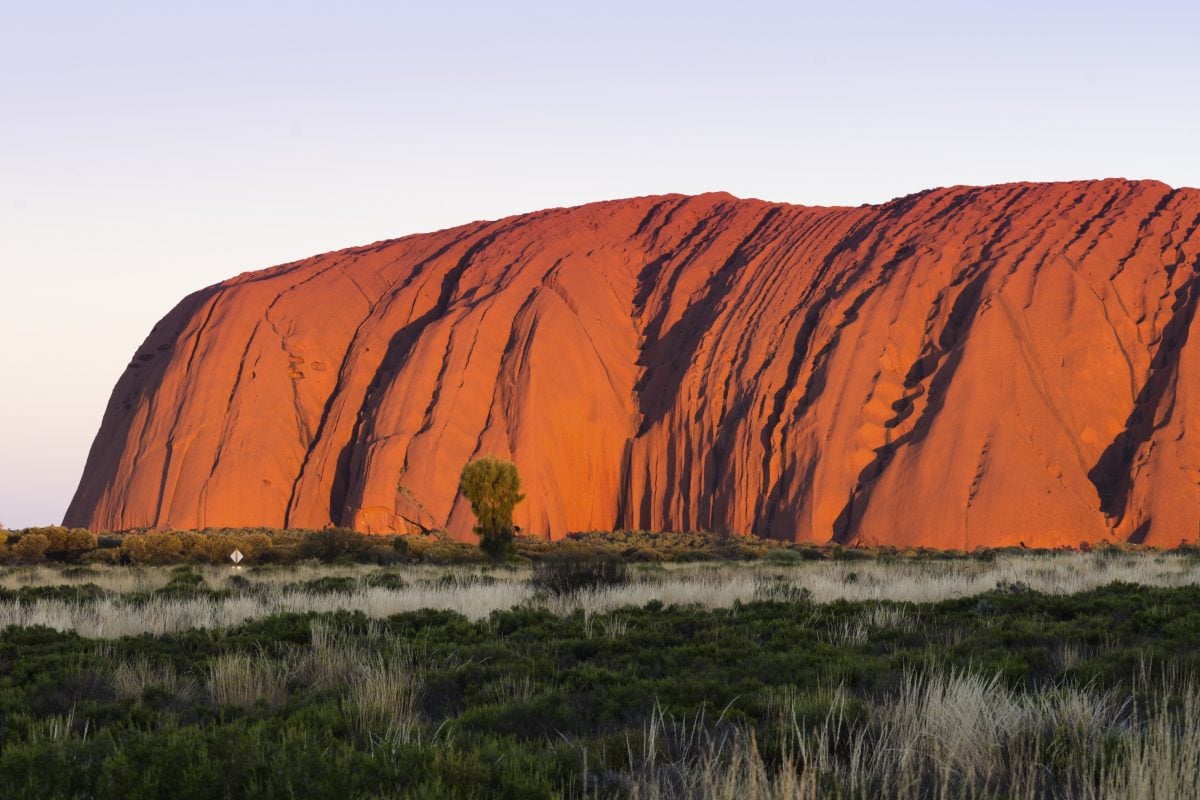
As the sun set on Saturday, October 26, 10 shadows were cast at the base of Uluru.
Eight of those shadows belonged to the last tourists to ever legally scale one of Australia’s most sacred sites. They held hands and dawdled, prolonging a chapter in our nation’s history that Indigenous Australians have been attempting to close for decades.
The other two belonged to park rangers, whose job it was to usher them down.
Their safety was put at risk by eight climbers competing for the status of ‘last’, proud to have climbed Uluru at the final opportunity, despite knowing – of course they knew – the offence it caused the traditional and rightful owners of the land.
A sign, only metres from where the climbers flung up their arms in triumph, read: “The climb is not prohibited but we ask you to respect our law and culture by not climbing Uluru. We have a responsibility to teach and safeguard visitors to our land. The climb can be dangerous. Too many people have died while attempting to climb Uluru.”
Over the years, the Anangu people have overseen the death of 38 Australians, with dozens more seriously injured.
While tourists come and go, it is the traditional custodians who are left with the scars of death, a source of great sadness.
And it would seem the louder the Indigenous community have asked that people not climb one of their most sacred sites, the more have decided they ought to.
In the final months of the climb being available to the public, swarms visited from all over the country, with others travelling internationally, intent on not missing out on the opportunity.




























































































